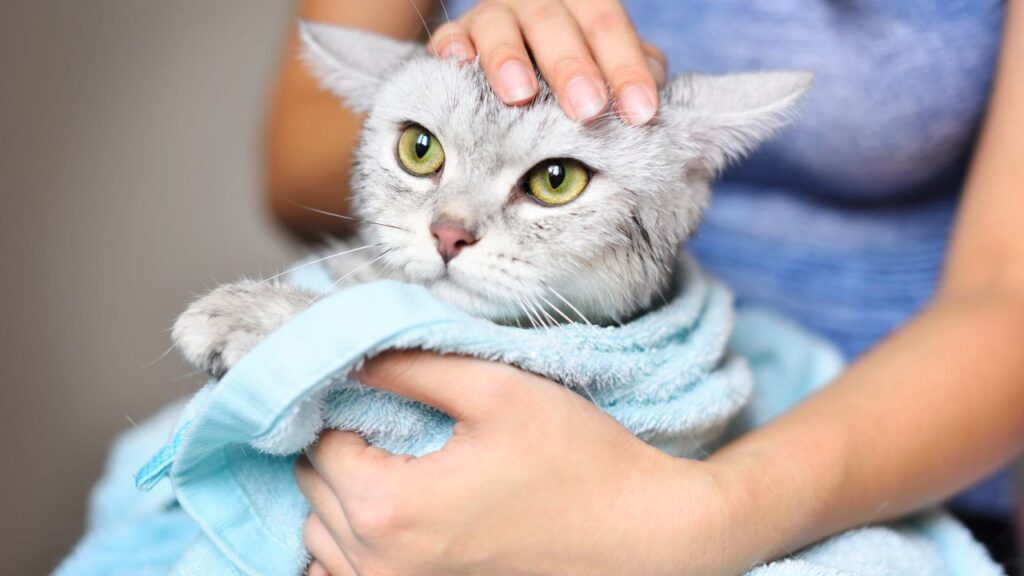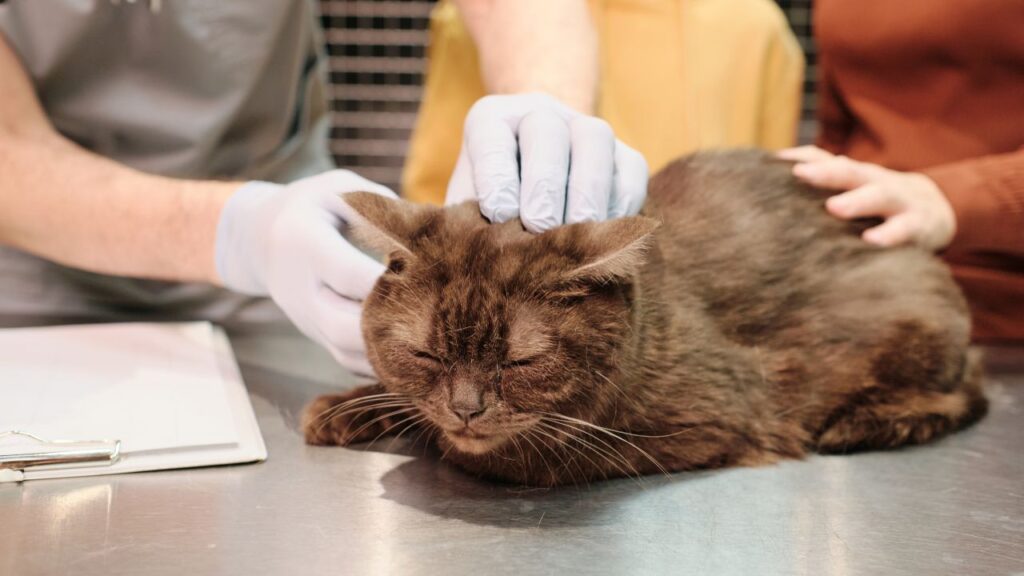Caring for your cat goes beyond simply feeding them and keeping them safe from harm. As pet owners, we want to know how to take better care of your cat and ensure our cats live happy, healthy lives filled with love and attention. From grooming and nutrition to providing proper mental stimulation, there are many facets to consider when it comes to feline care. In this guide, we’ll delve into the ultimate tips and tricks to help you take better care of your cat, ensuring that they stay in top shape for years to come.
The Basics of Cat Care: Providing a Safe and Comfortable Environment
One of the first steps in ensuring your cat’s well-being is creating a safe, comfortable living space. Cats are territorial creatures, and they thrive in environments where they feel secure. Here are the essential elements to consider:
- Litter Box Setup: Cats are notoriously picky about their litter boxes. Make sure to place the box in a quiet, low-traffic area that your cat can easily access. Clean it daily to maintain hygiene, as cats prefer a tidy environment. When changing the litter, avoid abrupt changes to prevent stress.
- Cat-proofing Your Home: Cats love to explore, so it’s important to keep dangerous substances or objects out of their reach. Ensure that toxic plants, cleaning chemicals, and small objects that can be swallowed are safely stored away.
- Create High Perches and Hideaways: Cats feel safe when they have the ability to climb and hide. Providing cat trees or shelves can fulfill their instinctual need to observe from a high vantage point.
Proper Nutrition: Fueling Your Cat for a Healthy Life
Good nutrition is fundamental to your cat’s health. Cats are obligate carnivores, meaning they require animal-based proteins to thrive. Here’s how to ensure your cat is getting the best diet possible:
- Choose High-Quality Cat Food: Opt for premium, well-balanced cat food that lists meat as the first ingredient. Avoid brands with excessive fillers like corn or soy, which provide little nutritional value.
- Hydration: Cats are notorious for not drinking enough water, so consider offering wet food in addition to dry kibble. You can also try a pet water fountain to encourage them to drink more often.
- Treats and Snacks: While it’s tempting to spoil your cat with treats, be cautious. Treats should make up no more than 10% of their daily calorie intake to avoid obesity.

Grooming Your Cat: Keeping Them Clean and Comfortable
Cats are generally self-grooming, but regular brushing can help prevent mats, reduce shedding, and keep your cat’s coat healthy. Here’s how to approach grooming:
- Brushing: Long-haired cats require more frequent brushing, while short-haired cats can usually be brushed once a week. Regular brushing also helps reduce hairballs, which can be uncomfortable for your cat.
- Nail Trimming: Cats can become scratch-happy, so it’s important to trim their nails regularly to avoid damage to furniture or injury. If you’re unsure, ask your veterinarian for tips.
- Bathing: Most cats don’t need regular baths, as they groom themselves effectively. However, if your cat has been outside or gotten into something sticky or smelly, a bath may be necessary. Be sure to use a cat-friendly shampoo and take your time, as bathing can be stressful for cats.
Mental and Physical Stimulation: Keeping Your Cat Happy
Cats need more than just food and shelter. Providing mental and physical stimulation is essential for their well-being. Here’s how to enrich your cat’s life:
- Playtime: Regular play sessions with interactive toys (such as feather wands or laser pointers) are a great way to keep your cat physically active. Aim for at least 20 minutes of playtime per day.
- Scratching Posts: Cats need to scratch to mark their territory and maintain their claws. Providing scratching posts or pads will prevent your cat from damaging your furniture. There are various types, so try to find one that suits your cat’s scratching style.
- Safe Outdoor Time: If possible, consider training your cat to walk on a leash. Cats that are safely outdoors can benefit from the sights, sounds, and smells of nature, which can be a great form of mental enrichment.

Health Maintenance: Regular Vet Visits and Preventive Care
Regular health checkups are vital to keeping your cat in peak condition. Here’s what to focus on:
- Annual Checkups: Just like humans, cats should have annual vet visits to ensure they’re healthy and up-to-date on vaccinations. These visits help detect potential issues early.
- Parasite Control: Regular flea and tick prevention is crucial, especially if your cat spends time outdoors. A flea comb can also be a handy tool to catch infestations early.
- Dental Care: Oral health is often overlooked but extremely important. Regularly brushing your cat’s teeth (with a cat-specific toothbrush and toothpaste) can prevent dental issues and improve their overall health.
Understanding Your Cat’s Behavior: Building a Strong Bond
Every cat has a unique personality, and understanding their behavior will help strengthen the bond between you and your pet. Here are some behaviors to be aware of:
- Purring and Kneading: These are signs of comfort and affection. If your cat purrs while you pet them or kneads you, it means they feel safe and content.
- Hiding: If your cat suddenly starts hiding more often, it could be a sign of stress or illness. Keep an eye out for changes in behavior, and consult your vet if necessary.
- Aggression or Anxiety: Some cats can be easily stressed or anxious, which can lead to aggressive behaviors. Try to identify any triggers and provide a calm, secure environment for your cat.
FAQs About Taking Better Care of Your Cat
How often should I feed my cat? Cats should generally be fed twice a day. However, some cats prefer to graze throughout the day, so you can leave food out in smaller amounts if that works better for them.
Is it necessary to give my cat a bath? Most cats groom themselves and do not need regular baths. Only bathe your cat when necessary, such as after they’ve gotten into something dirty or sticky.
What should I do if my cat isn’t using the litter box? If your cat suddenly stops using the litter box, first check for medical issues. Then, ensure the litter box is clean, placed in a quiet spot, and that the type of litter hasn’t changed abruptly.
Conclusion
Taking better care of your cat involves a combination of proper nutrition, regular grooming, physical and mental stimulation, and regular vet checkups. By following these tips and truly getting to know your cat’s needs, you’ll be able to ensure they live a long, happy, and healthy life. Remember, a well-cared-for cat isn’t just healthier—they’re happier, and your bond with them will be even stronger. Keep learning, stay attentive, and enjoy the companionship of your feline friend for many years to come!

